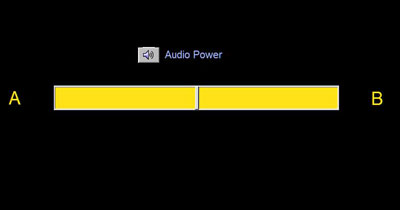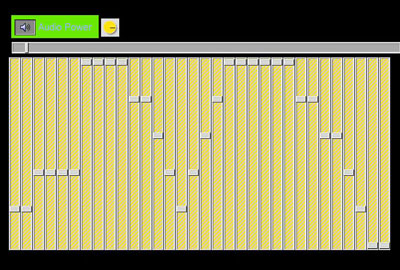ShakeGuitar (Free), based on the morphing method, is available on App Store (Released on September 26, 2009) This paper describes a melody morphing method that generates an intermediate melody between a melody and another melody with a systematic order according to a certain numerical measure. Conventional music sequence software only operates on the surface structure of music, such as its notes and rests. The time-span tree, which is acquired from the music surface by using a music theory called GTTM (Generative Theory of Tonal Music), enables us to analyze the deeper structure. Our method makes it possible for one melody to be morphed into another melody by using a melody divisional reduction that applies meet and join operations to the GTTM time-span trees. Experimental results show that our morphing method makes it possible to generate intermediate melodies between two melodies.
References
- [PDF] [Melody morphing method] Kenji Hirata, Satoshi Tojo, Masatoshi Hamanaka: “Melodic Morphing Algorithm in Formalism”, Mathematics and Computation in Music, Third International Conference, MCM 2011
-
[PDF] [Melody morphing method] [exGTTM][FATTA] Masatoshi Hamanaka, Keiji Hirata, Satoshi Tojo: “Melody Extrapolation in GTTM Approach”, Proceedings of the 2009 International Computer Musicconference (ICMC2009), pp.89-92, August 2009.
- [PDF] [Melody Morphing Method] Keiji Hirata, Satoshi Tojo, Masatoshi Hamanaka: “The formal verification of the melody morphing morphing algorithm”, IPSJ Special Interest Group on Music and Computer 2010-MUS-85-4, Vol.2010, May 2010.
- [PDF] [Melody Morphing Method] Masatoshi Hamanaka, Keiji Hirata, Satoshi Tojo: “Melody Morphing Method based on GTTM”, Proceedings of the 2008 International Computer Music conference (ICMC2008), pp.155-158, August 2008.
- [PDF] [Melody Morphing Method] Masatoshi Hamanaka, Keiji Hirata, Satoshi Tojo: “Melody Morphing Method based on Time-span Tree” , IPSJ Special Interest Group on Music and Computer 2008-MUS-74-19, Vol. 2008, No.12, pp. 107-112, February 2008.

